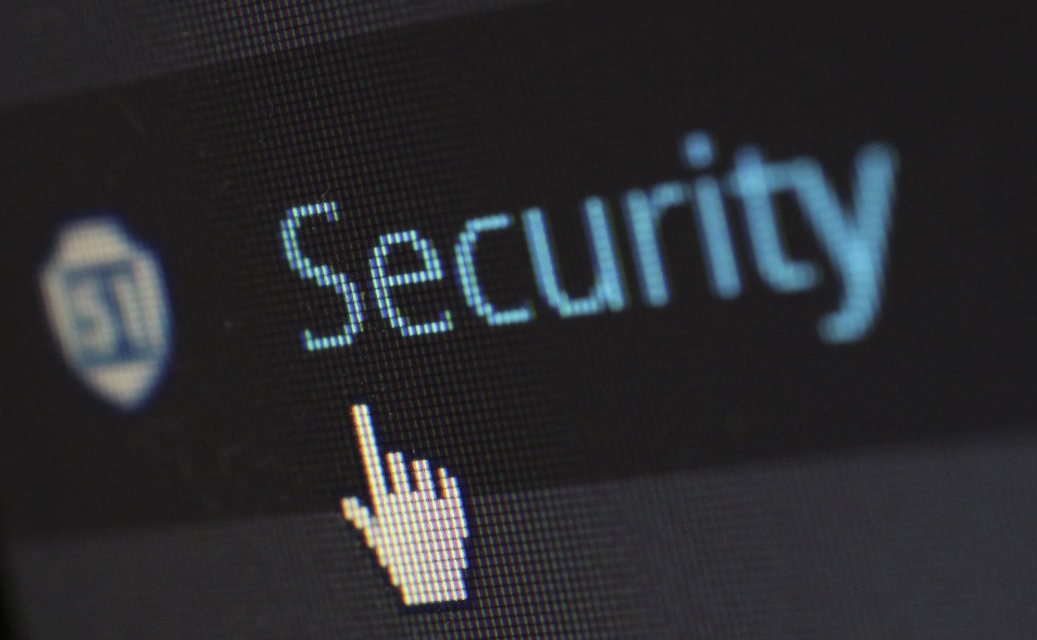You hear so many hacking horror stories these days — it’s clearly become more important than ever to keep your home network, and the devices connected to it, safe. Your privacy is at risk, and so is your finances. And with smart home devices, security cameras, and even baby monitors all connecting to the internet, your very personal safety could be at stake.
Fortunately, you don’t need to completely swear off the internet in order to stay safe. Keeping your home network secure is a matter of taking a few simple precautions. Follow these steps to keep your home network secure.
1) Change Your Router’s Dashboard Settings
Do you even know how to access your router’s or gateway’s admin dashboard? If not, you need to figure it out.
Logging into your router’s admin dashboard isn’t the same as logging onto your home network. Instead, it allows you to configure your home network settings. Getting into your router’s admin dashboard gives you the access you need to tweak the security settings to keep hackers off your network, but it’s also pretty easy for hackers to get in there, too, if you haven’t changed the login credentials yet.
That’s because manufacturers give every make and model of router or gateway the same default login credentials right out of the box. If you’re setting up a new router or gateway, you can usually find your default admin dashboard credentials in the paperwork that came with the device. Otherwise, you can find them by googling your router’s make and model and the words “default password”. Then you can navigate to your router’s IP address, login to the admin dashboard, and reconfigure your security settings. Go to the wifi security settings and make sure your router is set to at least WPA2, or, if it’s available on your device, WPA3.
2) Change Your Router Login Credentials and SSID
Now, you need to change your router’s default login credentials to a secure username and password, so that you don’t have to worry about hackers getting into your router and locking you out of your whole network. Choose a strong password and write it down somewhere so you don’t forget, or use a password manager to generate and keep track of your passwords.
You should also change your Service Set Identifier, or SSID, and home network password. Your SSID is your home network name, and you should change it from the (easily googled and hacked) default name to a unique one that doesn’t give away any personal details (so, no last names, pets’ names, or addresses, please). Change your home network password to something secure.
3) Use a Network Security Station
Technically, you could probably keep your home network safe with just a comprehensive antivirus suite and a solid working knowledge of the tactics scammers use to obtain your personal information and access your devices. But realistically, you probably aren’t super savvy about cyber security — and even if you are, is everyone else in your home equally knowledgeable? Do they care as much as you do about home network security?
Probably not, especially not if you have kids. And if you give your wifi password out to guests, that’s a whole new level of risk you’re assuming. It’s better to have a dedicated device to help you manage home network security. A home network security station can help you monitor which devices are connecting to your home network, set network and app usage rules for different family members, filter content, and protect your network and devices from malicious websites, phishing scams, and malware.
4) Segregate Your IoT Devices
Internet of Things (IoT) devices are inherently vulnerable to hacking. Many of these devices just don’t have the computer processing power to run robust malware protections, and many manufacturers don’t even bother with regular software updates to patch security vulnerabilities in these devices’ software.
So, it’s a good idea to think twice before buying an IoT device. Does your refrigerator really need to access the internet? You can always just choose not to connect a specific device to the internet — many IoT devices offer plenty of functionality even if they’re not online. If you decide that it does, protect yourself by creating a separate guest network that these IoT devices can use. That way, you can benefit from the connectivity function, but if a hacker accesses one of your IoT devices, they at least won’t be on the same network as your smartphones, laptops, and other devices that contain your personal information.
5) Get Scam Savvy
Do you know how to identify social engineering scams? Are you able to spot phishing emails? Antivirus software and a home security station will block most phishing scams and social engineering attacks, but some might still get through your defenses — hackers are constantly improving their techniques. One of the most important things you can do to protect yourself is to know what scams look like so you can avoid opening that weird email and taking that risky click to that fake mirror website waiting to steal your credentials.
Your home network could provide hackers with access to your personal information, control of your baby monitors and security cameras, and more — but not if you take steps to keep it secure. With safety in mind, you and your family can continue to enjoy all the perks of a modern life online — with far fewer of the risks.

Leave a Reply